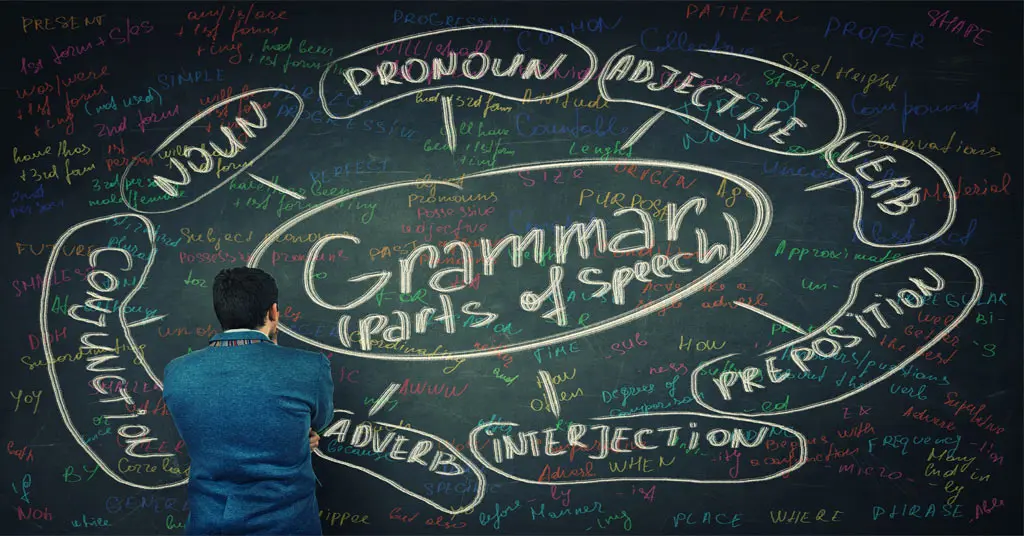Analogy questions will test your skills in making comparisons through inferences. You will be asked to compare conditions or relationships in the passage to topics in answer choices. These comparisons are about finding relationships and inferring similarities.
Here are some examples of formats an analogy question may follow:
- Which of the following most resembles the relationship between “__” and “__” as described in the passage?
- Which choice least resembles the interaction between “__” and “__” on line 18?
- Which of the following most resembles the condition of “__” on line 29?
Strategies for Success
Here are some tips to improve your performance on analogy questions in the Reading section of the SAT® test:
1. Know what the question asks of you.
Some analogy questions are wordy and confusing. To avoid missing points on silly mistakes (like failing to realize that the question asks for the “least similar” answer choice, rather than the “most similar” answer choice), be sure you read the question carefully to understand what it is asking you to do. Once you understand the question, be sure that you seek relevant, textually based information for your inferences.
2. Sharpen your reading comprehension skills.
To make inferences about small details, you should have an understanding of where the key points are and how the text presents evidence. You can create a strong foundation for understanding possible comparisons and analogies by developing your reading comprehension skills. A student’s strong reading comprehension can also serve to benefit time management by minimizing the time spent searching for textual evidence to back up an answer choice. Note important information or phrases, and make predictions about analogy questions throughout the passages in your practice exams. If you practice enough, you can create a habit of seeking evidence for inference-based questions as you read.
3. Read each answer choice carefully.
After understanding what is being asked in the question, be sure to read each answer choice carefully. The details of each answer choice are important when ensuring that you can make an accurate comparison. You can quickly eliminate some answer options through their details and word choice.
4. Use the process of elimination.
As you read each answer choice, check it against the information in the passage. If the condition or relationship provided in the answer choice is not relevant or comparable to the condition or relationship in the passage, you may eliminate it. Some options may be ambiguous or vague: these options should also be eliminated.
5. Examine the passage.
Be sure that you go back to the passage when selecting your answer choice. It is important to ground your selection and your inferences on the information in the text. Remember, the correct comparison should be directly related to the passage. To select the right answer, re-evaluating the relationship and contextual information in question is crucial.
As you prepare for the Reading section of the SAT test, implement these strategies when answering analogy questions. You can check out UWorld’s SAT Prep course for practice exams, thousands of practice questions, and performance tracking tools to evaluate the effect these study strategies have on your scores.




